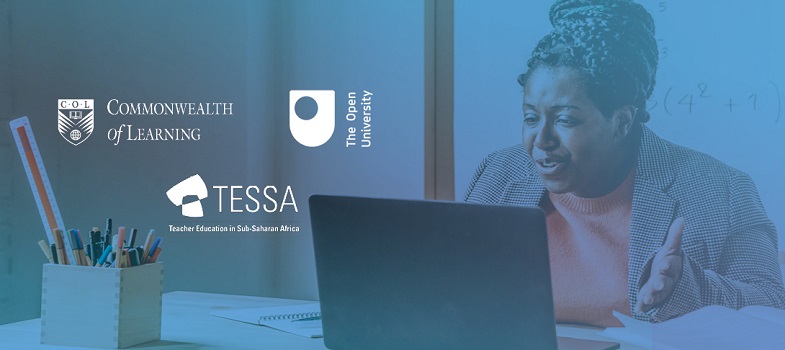Activity 1.4
1. Yes I am familiar with the definition of inclusion and disability given. There is nothing I can add to it.
The three waves are link to universal, targeted and specialist because they start to build from the student and their need and what teachers can do to assist them in their everyday teaching. This is followed by their disability being targeted wave 2. This wave supports student’s need to access learning and it runs parallel to wave 1. Here it is acknowledge that children with disabilities can learn even better than their peers once the right intervention is given which involves all stakeholders. With the first two waves working together wave 3 brings to students a high level of personalized intervention and additional support. Here intervention is supported by specialists in the field.
When and how could you make more use of group or paired work in your lessons?
I could make more use of group or paired work during my lesson when we are:
1. Discussing a social studies topics such as a public holiday where each student make contributions to what they know about the holiday.
2. Group session also works well when conducting an art/science project.
3. These sessions can also be used when compiling a portfolio.
Some resources that can be provided are note pads for writing down contributions. Information about given topics which can be notes and or pictures. This allows/assist the students with information which they can elaborate on.
What are the difference between wave 1 and wave 2 intervention?
As earlier mentioned wave 2 feeds off of wave 1 despite this there are some differences between them such as:
A. Wave 1: When working with a child who is visually/hearing impaired in Wave 1 the teacher or stake holders may try to provide assistive devices such as a pair of glasses or a hearing aid to enable a child with a partial impairment to access learning.
A. Wave 2: interventions focus around the quality of education directly support the learner to access for example, the provision of a sign language interpreter in lessons or the organization of additional tutorials either outside of classroom hours or by withdrawal from some lessons for a specified week.
B. Wave 1 is about what should be on offer for all children: the effective inclusion of all pupils in high-quality everyday teaching in mainstream classrooms. Wave 1 seeks to capitalize on relatively simple ‘wins’ which would significantly improve the teaching and learning process.
B. Wave 2 recognizes that disabled children have the potential to work at and above the age-related expectations of their peers, but to do so they will need a direct intervention which is time-specific.
Some of the challenges with wave 3 are:
Children who need to access specialist intervention have a cognitive disability, which prevents them accessing mainstream learning.
There is not a 100% level of inclusion.
Not enough trained/qualified teachers in SEND.
